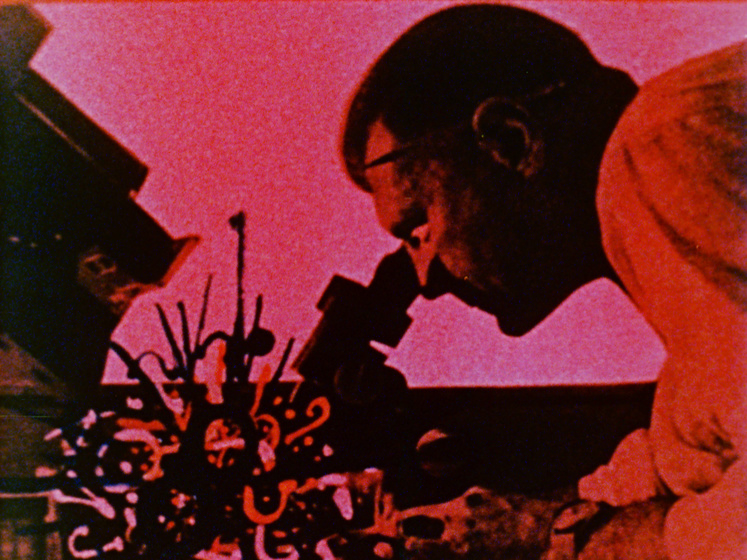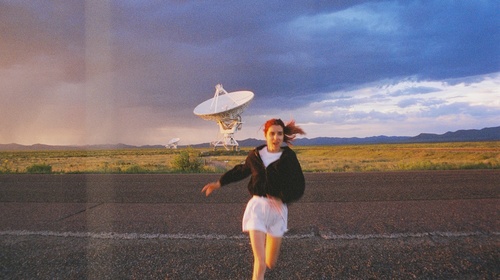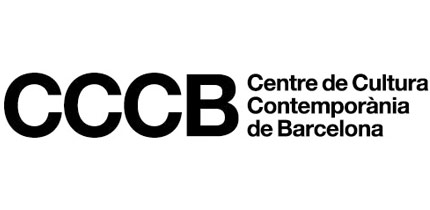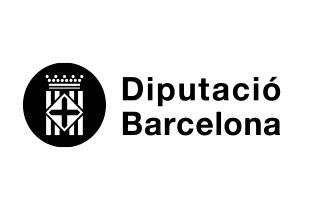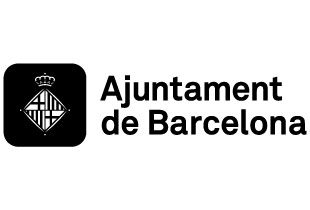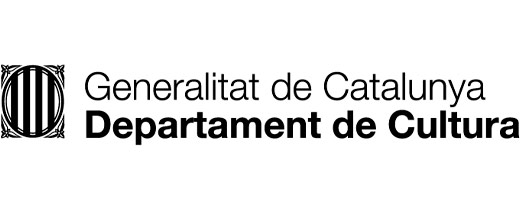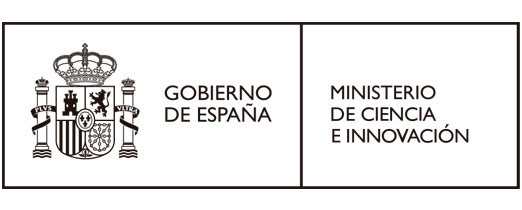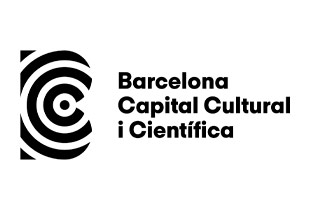Mars
Mars: warm abstraction, scientific friction
Xcèntric Archive
Audiovisuals
Free
The colour of the surface of Earth's closest planet is one of its most characteristic features. However, its reddish tones of iron oxide have always been seen from a distance. This distance, deceptively shortened thanks to the relentless advance of optical inventions, prevents a knowledge of the terrain but also encourages studious work. Artistic creation is an apt terrain for astronomical imagination and cinema is one of its most recurrent disciplines. Leaving aside the genre of science fiction, it is in the field of cinematic experimentation that formalisations are explored which, through galactic images and interstellar sounds, convey physical visits to Mars. These are animations related to visual music and pieces that deploy special effects without taking the narrative into account.
Science Friction (1959), Stan Vanderbeek, 10'
Attempting to get closer to the red planet means investing in technological resources to obtain objective data about its idiosyncrasies. During the Cold War's space race between the United States and former USSR, the rivalry between their leaders' positions achieves parodic proportions in Stan Vanderbeek's collage animations.
Test I (1971), Józef Robakowski, 5'
Polish artist Józef Robakowski punctured several dozen holes of various sizes in overexposed 35mm film. The resulting circles appear flickeringly, in synch with percussive notes, creating a barely perceptible trail of light. The film suggests both the immensity of the Milky Way and the spherical presences of planets and satellites.
Próba (1971), Józef Robakowski, 2'
Próba is an experiment in musical interruption embellished with homogeneous, reddish-toned passages. By including the continuity of an organ piece by Johann Sebastian Bach, the filmmaker has created a visually abstract film in which irregular melodies accompany dark zones while the red sections consist of absolute silence.
Stellar (1993), Stan Brakhage, 2'
The visual richness of any galaxy is evoked in Stellar using patches of translucent colours and spots of light rapidly juxtaposed with each other and constantly merging. This piece, hand-painted directly onto the film then rephotographed microscopically, adjusts the acceleration of its images to evoke nebulae, star clusters and cosmic dust.
LYLS: Undertone Overture (2013), Jodie Mack, 10'
Using a fabric dyeing technique similar to tie-dye, consisting of knotting pieces of clothing and then dyeing them to achieve chromatic effects in spirals and concentric circles, American Jodie Mack has created an abstract piece of textures and degraded effects. The frenetic pace of the variety of colours is synchronised with indeterminate sound environments, the whole effect creating connotations of the cosmos.
Spheres (1969), Norman McLaren, 7'
Phobos and Deimos are the names of Mars' two moons. The former is irregular in shape with a slower orbit than the planet it's circling, while the latter describes an almost circular orbit that's practically in synch. In Spheres, the Canadian McLaren has collaborated with the Dutch animator René Jodin to create an interstellar setting occupied by metallic spheres whose movements are reminiscent of the systematic progress of the celestial bodies orbiting the planets.
La Plage (1991), Patrick Bokanowski, 12'
The two polar caps on Mars appear to be mostly made up of water although the data we have are still provisional. In La Plage, French filmmaker Bokanowski employs tricks and special effects to distort the filmed images, transforming an ordinary outdoor setting - a beach - into a dreamlike scenario that seems to conjure up the surface of the red planet and the act of bringing it closer using telescopes and other astronomical devices.
Book of Mirrors (2002), Joost Rekveld, 12'
Dutch filmmaker and engineer Joost Rekveld ignores camera lenses to produce images that eschew the traditional perspective. In Book of Mirrors he uses mirrors and kaleidoscopes to create light waves that directly hit the emulsion. The result reveals a Martian geology with its fields of dunes moving in the wind, and the sensation of witnessing a vertiginous restlessness is further heightened by Rozalie Hirs' electroacoustic composition.
Curated by Albert Alcoz.
Directors: Stan Vanderbeek, Józef Robakowski, Stan Brakhage, Jodie Mack, Norman McLaren, Patrick Bokanowski, Joost Rekveld
This activity is part of Mars
